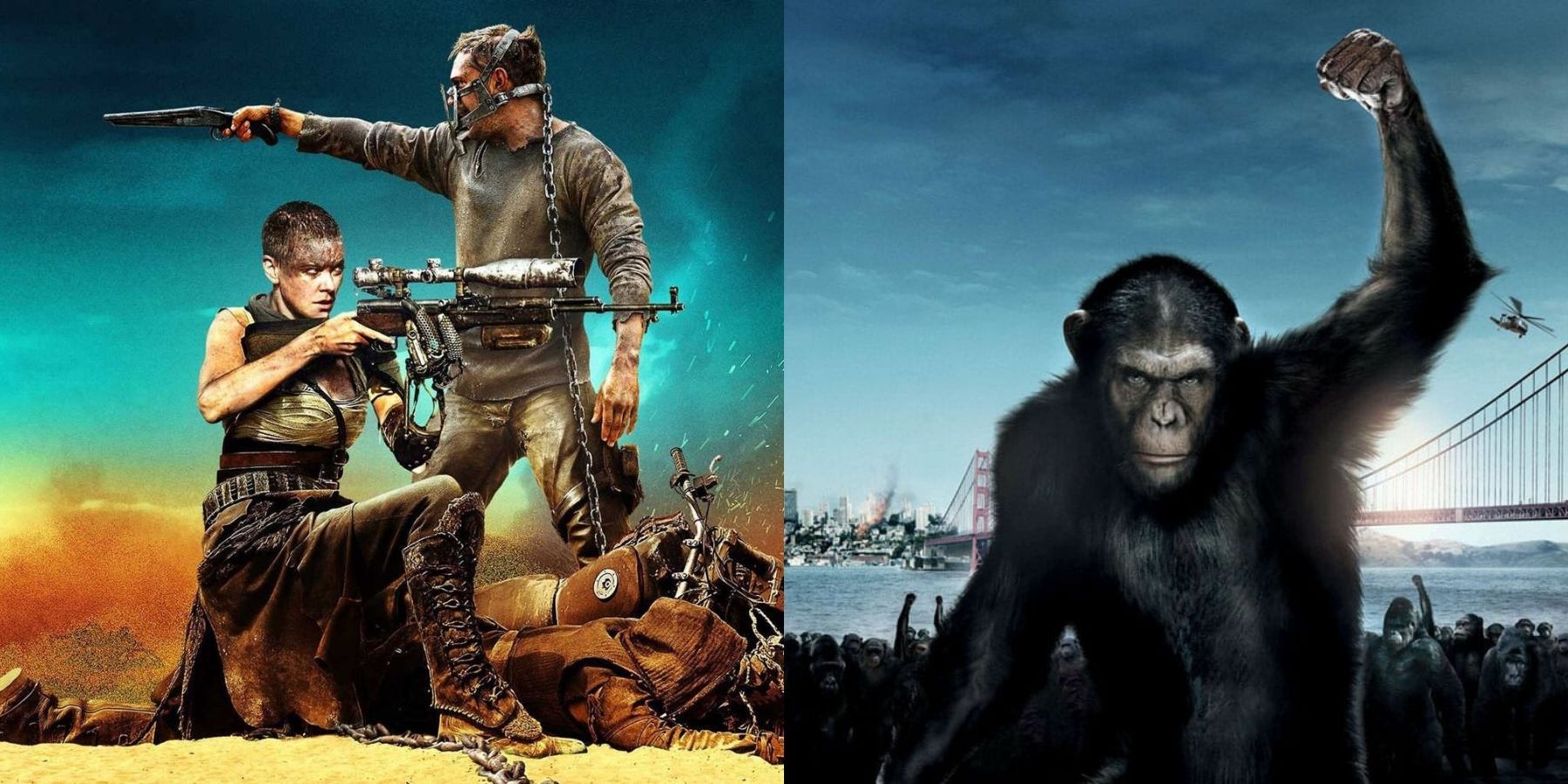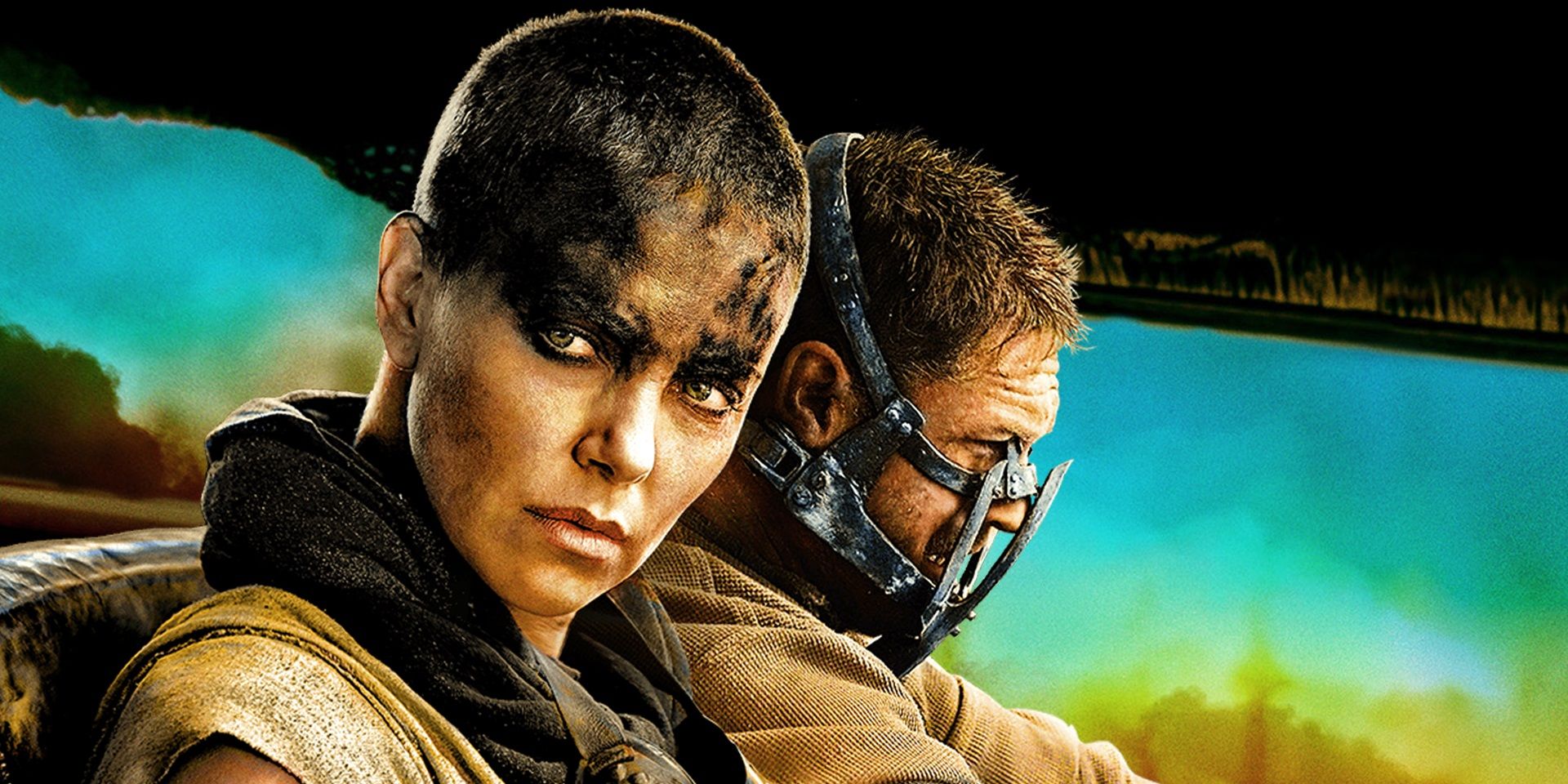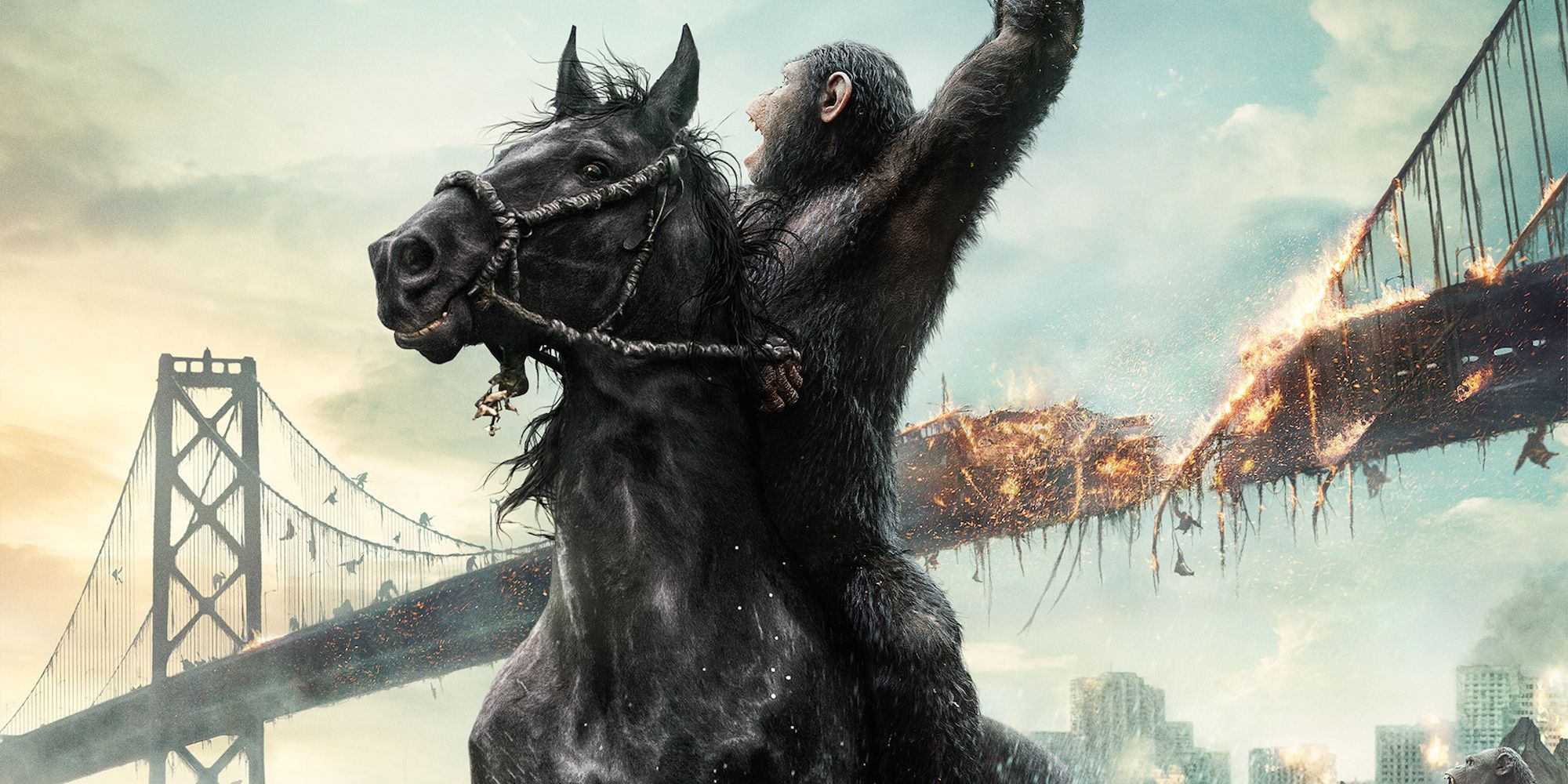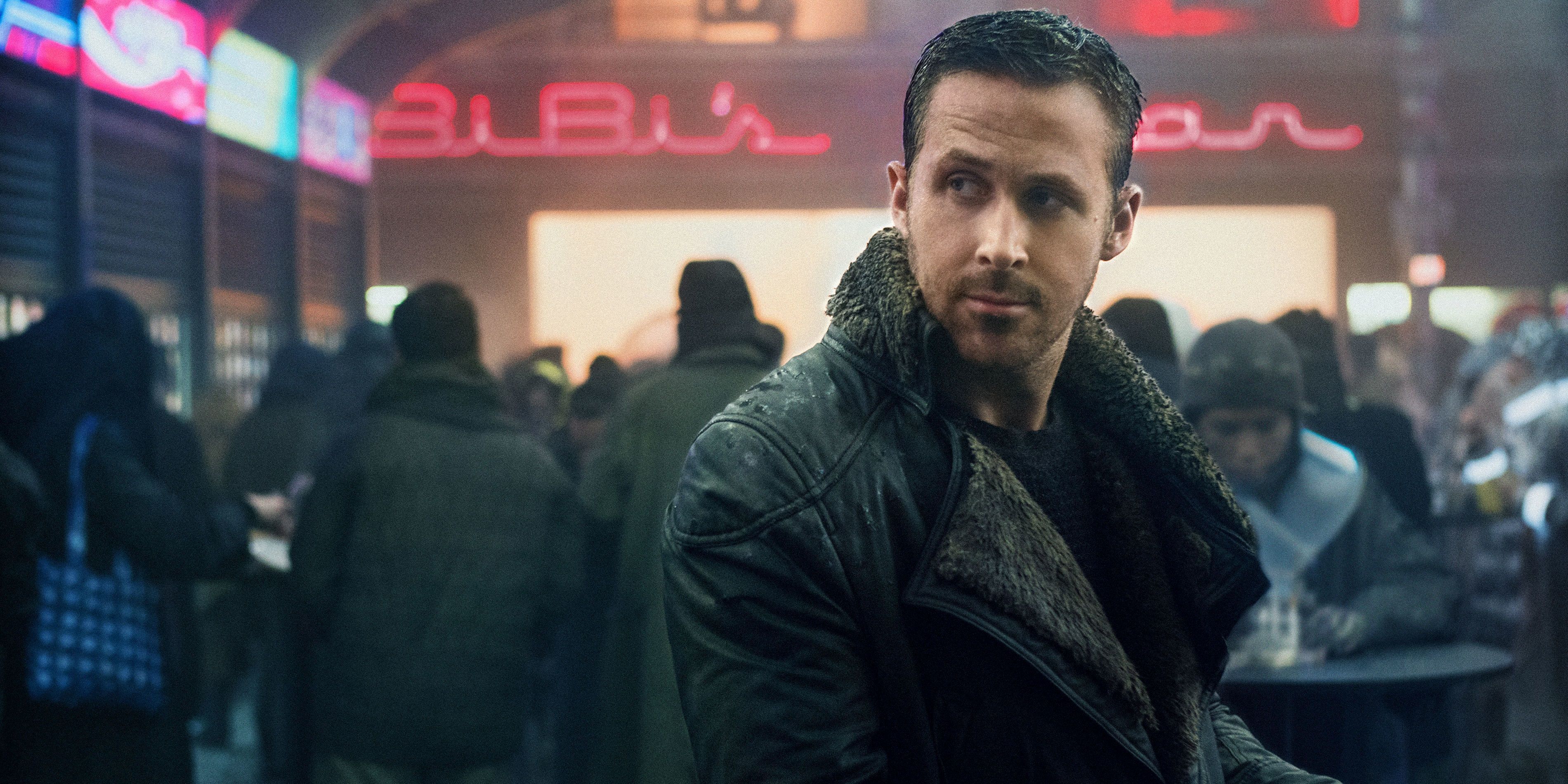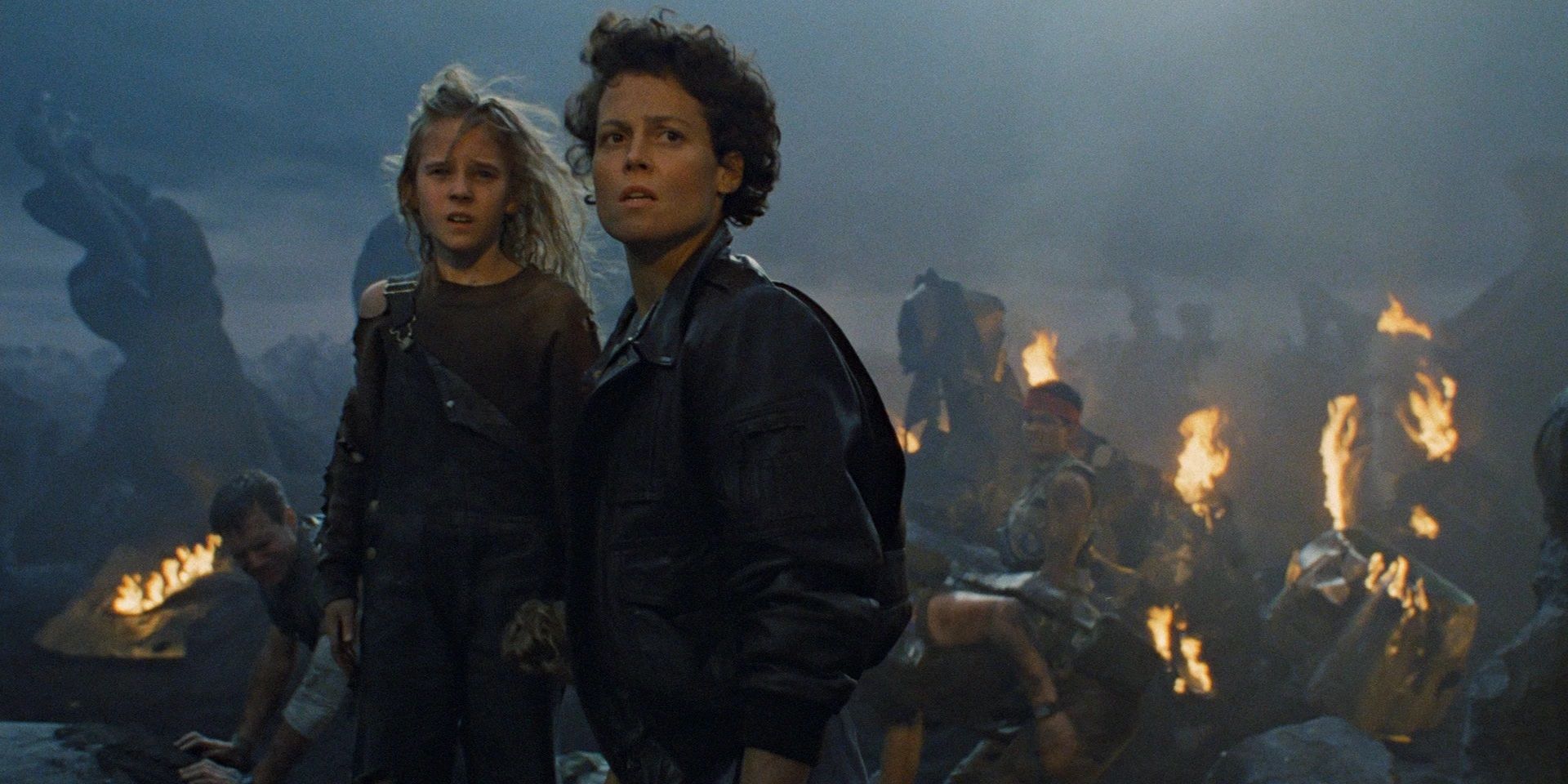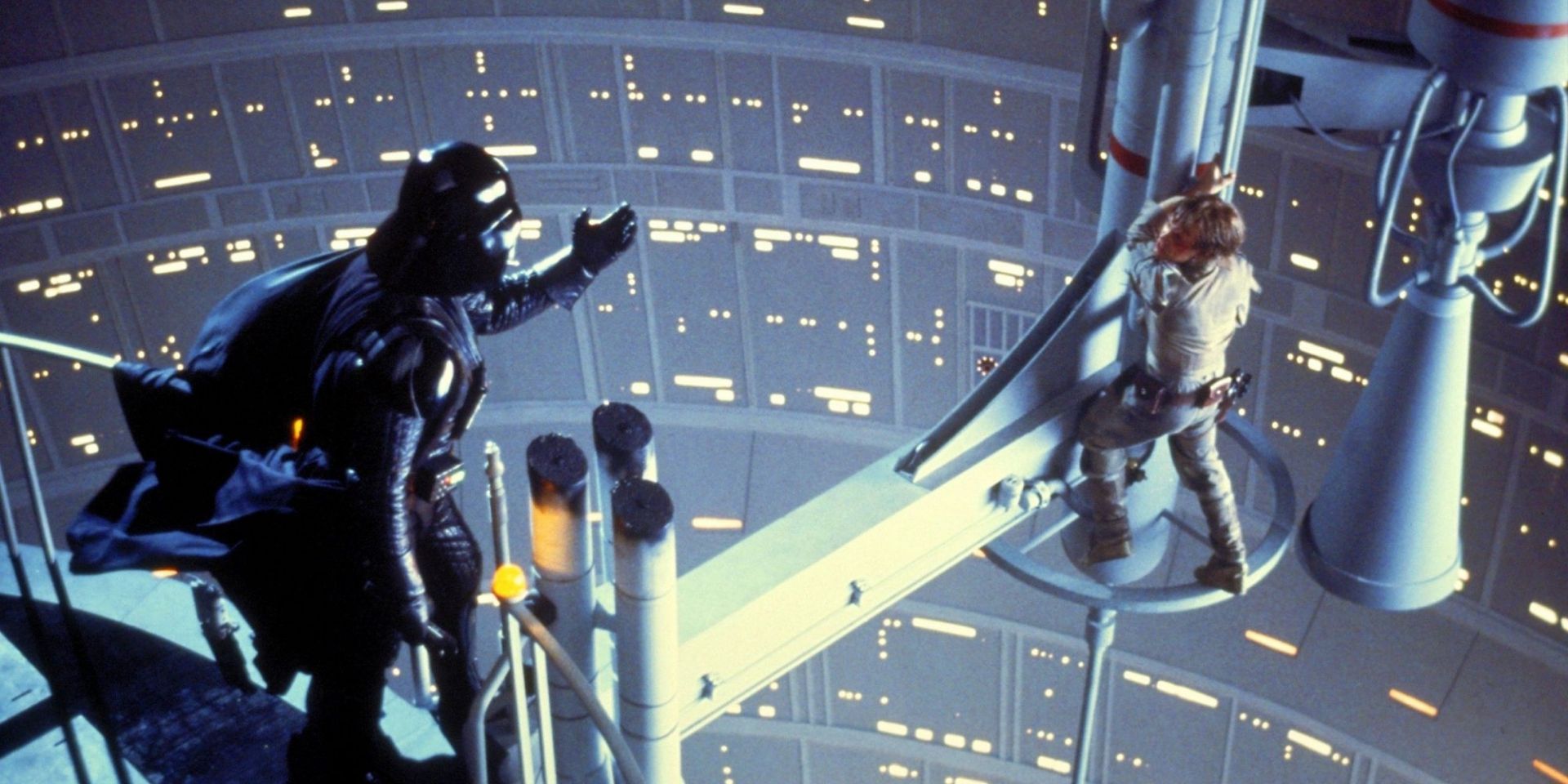Creating a sci-fi sequel is always a challenge, and there are plenty of examples of second or third installments that failed to match the brilliance of the original movie. However, a few lucky ones managed to meet the fans’ expectations and match the original and even surpass their predecessors in many ways.
Sequels are common in the sci-fi genre, and many beloved movies went on to launch entire franchises to various degrees of success. When done right, sequels expand the created universe, show character development, and even up the visual and narrative standards set by the original. These sci-fi sequels succeeded in doing just that.
Mad Max: Fury Road (2015)
The original George Miller’s Mad Max (1979) was a risky indie venture (with a modest budget of $350,000) that created an iconic post-apocalyptic world and spun one of the most successful franchises. The first installment starred the then barely known Mel Gibson, while the sequel featured Tom Hardy and Charlize Theron, which certainly helped with its promotion.
Mad Max: Fury Road is considered by fans superior to the original in many ways, including its visual effects (for which it received an Oscar nomination), the depth of the story, the level of evoked emotions and tension, and character development. This sequel went on to win 6 Oscars, including Best Film Editing, Best Production Design, and Best Costume Design, and has an impressive 97% rating on Rotten Tomatoes.
Dawn of the Planet of the Apes (2014)
Rise of the Planet of the Apes (directed by Rupert Wyatt) took on the risky task of rebooting an already cult ‘70s apocalyptic film series, and it was highly successful, having received accolades for its direction, special effects, and actor performance (especially Andy Serkis’ portrayal of Caesar that earned him multiple nominations), as well as $482 million in the box office.
However, the sequel, Dawn of the Planet of the Apes, left its predecessor in the dust. Directed by Matt Reeves, it is widely considered to be the most thrilling, ambitious, visually impressive (with an Oscar nomination for Best Visual Effects), and emotionally complex installment in the franchise so far. It was also a box office success, grossing over $710 million worldwide against a $170 million budget, and ranks 90% on the Tomatometer.
Blade Runner 2049 (2017)
Before becoming the cult classic, Ridley Scott’s 1982 Blade Runner was initially a commercial and critical disappointment, with audiences put off by the movie’s slow pacing. However, since its release, it has become one of the most influential works of sci-fi and a staple of the cyberpunk subgenre that inspired numerous movies and games.
Released 35 years after the original, Blade Runner 2049 didn’t only meet the high standards set by the first installment but managed to excel them. It was widely praised for being visually stunning, providing an expertly crafted narrative, featuring an excellent cast that included Ryan Gosling, Harrison Ford, and Jared Leto, and staying true to the original. Despite being a box office disappointment (grossing just over $260 million against a $185 million budget), Blade Runner 2049 received 2 Oscar awards for Best Cinematography and Best Visual Effects and 3 nominations, as well as numerous other accolades. It scores 88% on Rotten Tomatoes.
Aliens (1986)
The heated debate whether Riddley Scott’s original Alien is better or worse than its sequel, Aliens, directed by James Cameron, has been going on ever since the ‘80s. While the sequel is commonly praised for its action-fueled pace, award-winning visual effects, and expansion of the world’s lore, many fans believe that Alien excelled as a horror movie, providing more atmospheric tension than its sequel.
However, in the commercial and critical sense, Aliens has been a more successful movie, grossing $183 million in the box office and receiving 2 Oscars (Best Visual Effects and Best Sound Effects Editing) and 7 nominations, including Best Actress for Sigourney Weaver as Ripley. It has a stellar 97% rating on Rotten Tomatoes.
Star Wars: Episode V – The Empire Strikes Back (1980)
The first installment in the epic space saga, Star Wars: Episode IV – A New Hope, revolutionized the sci-fi genre and launched one of the most successful and popular franchises of all time. It showcased groundbreaking visual effects, an excellently crafted narrative and introduced fans to the expansive world of Star Wars and its colorful characters. Upon its release in 1977, it quickly became a blockbuster hit, grossing a total of $775 million, and went on to win 7 Oscars (including Best Music for its now-iconic soundtrack) and 4 nominations (including Best Picture and Best Director).
With the massive success of the original, it seemed unlikely that a sequel could top that, but The Empire Strikes Back did just that and is now widely regarded as the best installment in the vast Star Wars franchise, as well as one of the best sci-fi films of all time. Aside from expanding the world and introducing some of the beloved characters like Yoda, The Empire Strikes Back featured one of the most iconic revelations (followed by a now-classic “Noooooooo!”) and a nail-biting cliffhanger. It was nominated and won multiple awards (including 2 Oscars) and scores 94% on the Tomatometer.

